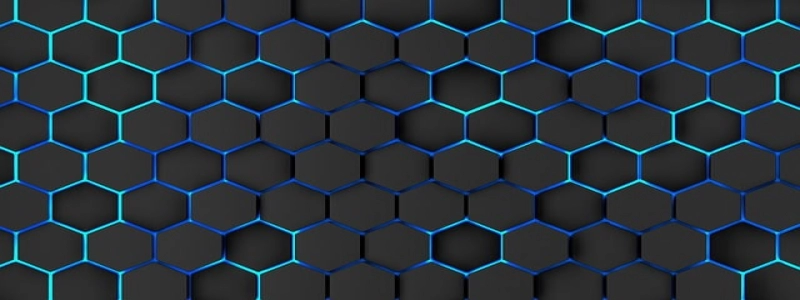Types of Fiber Optic Cable
TÔI. Giới thiệu
A. Definition and purpose of fiber optic cable
B. Importance of fiber optic cable in communication systems
II. Single-mode Fiber Optic Cable
A. Description and characteristics
B. Application areas
C. Advantages and disadvantages
III. Multi-mode Fiber Optic Cable
A. Description and characteristics
B. Application areas
C. Advantages and disadvantages
IV. Plenum-rated Fiber Optic Cable
A. Definition and importance
B. Features and specifications
C. Usage in commercial buildings and sensitive areas
V.. Armored Fiber Optic Cable
A. Purpose and benefits
B. Construction and design
C. Application in harsh environments and outdoor installations
VI. Phần kết luận
A. Recap of different types of fiber optic cable
B. Importance of choosing the right type for specific applications
C. Future advancements and possibilities in fiber optic cable technology
TÔI. Giới thiệu
Fiber optic cable refers to a type of cable consisting of one or more optical fibers, which are thin strands of glass or plastic that transmit information through the use of light pulses. This form of cable has become essential in modern communication systems due to its exceptionally high bandwidth and efficiency in data transmission.
II. Single-mode Fiber Optic Cable
Single-mode fiber optic cable is designed with a small core and thin diameter that allows for the transmission of light through a single pathway. It is ideal for long-distance communication as it minimizes signal loss and provides a higher capacity for data transmission. This type of cable is commonly found in telecommunications, high-speed internet connections, and long-haul networks. Tuy nhiên, it is more susceptible to damage and has a higher cost compared to multi-mode fiber optic cable.
III. Multi-mode Fiber Optic Cable
Multi-mode fiber optic cable has a larger core and diameter, which enables the transmission of light through multiple pathways. It is suitable for shorter distance applications such as local area networks (LANs) and data centers. This type of cable is more cost-effective but suffers from higher dispersion and attenuation, limiting its use in longer distances.
IV. Plenum-rated Fiber Optic Cable
Plenum-rated fiber optic cable is specifically designed for use in plenum spaces, which are areas above dropped ceilings or below flooring where air circulates for air conditioning or heating purposes. This type of cable is required to meet strict safety standards, including low smoke and flame propagation characteristics. Plenum-rated fiber optic cables are commonly used in commercial buildings, public institutions, and other locations where fire safety is a top priority.
V.. Armored Fiber Optic Cable
Armored fiber optic cable is designed to provide extra protection against physical damage and environmental factors. It is constructed with an additional layer of metal or plastic armor, providing resistance to crushing, bending, and rodent bites. Armored fiber optic cables are commonly used in industrial environments, outdoor installations, and areas prone to hazards, ensuring reliable communication in challenging conditions.
VI. Phần kết luận
In conclusion, fiber optic cable comes in various types that cater to different communication needs and environmental requirements. Single-mode and multi-mode fiber optic cables are the two primary options, each with its own advantages and drawbacks. Plenum-rated and armored fiber optic cables provide additional features for specific applications. It is crucial to choose the right type of cable to maximize performance and ensure efficient data transmission. As technology advances, fiber optic cables continue to play a vital role in shaping the future of communication systems.






